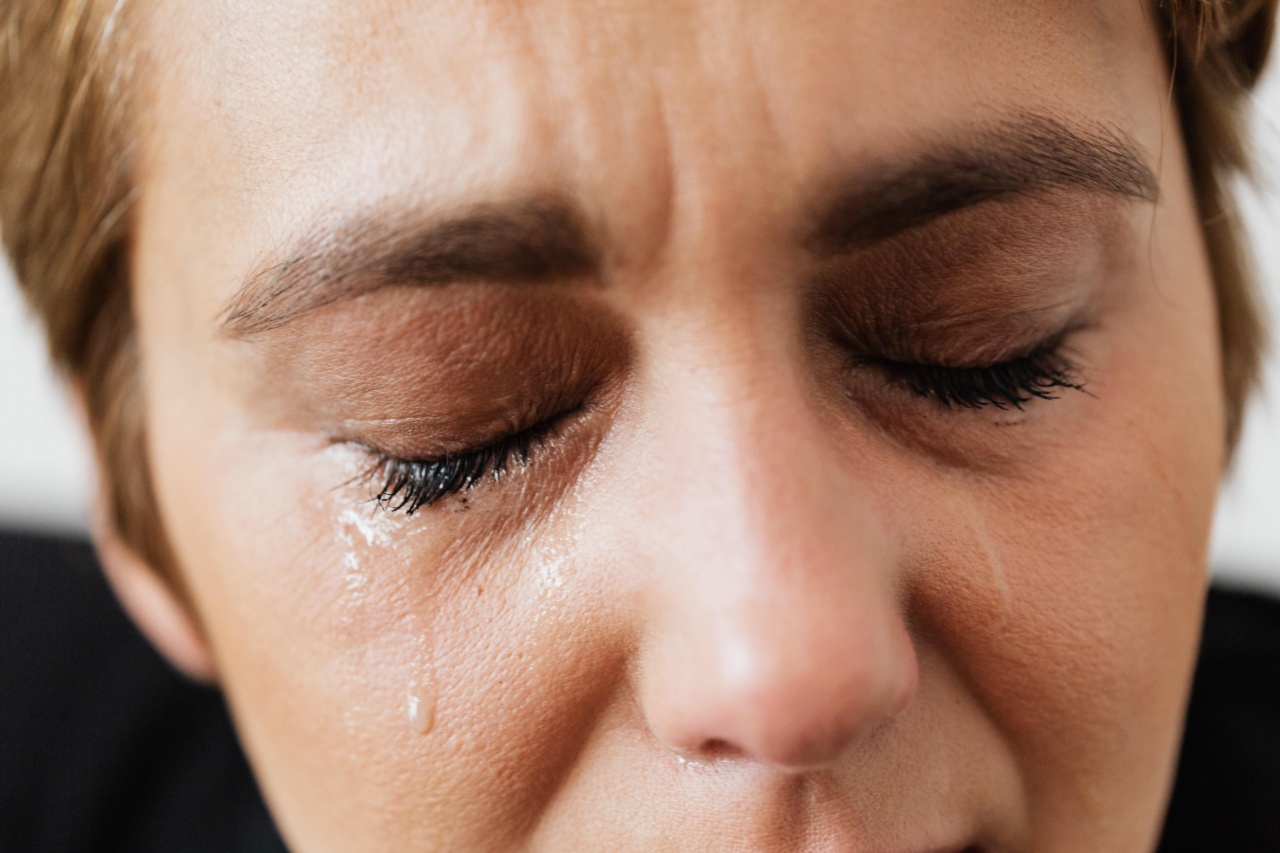Middle back pain, also known as thoracic pain, is any discomfort or achy sensation that occurs between the base of the neck and the bottom of the rib cage.
This type of pain can be experienced by people of all ages and can be caused by a variety of factors such as poor posture, muscle strain, injury or underlying diseases such as arthritis. The pain can range from mild to severe, and can be indicative of an underlying condition that requires prompt attention by a healthcare professional.
Causes of Middle Pain Locations
There are several causes of middle back pain including:.
1. Poor Posture
Individuals who sit at a desk or computer for prolonged periods without taking breaks can strain the muscles and ligaments of the back, leading to middle back pain.
This can also be caused by individuals who stand or sit with incorrect posture, such as slouching.
2. Muscle Strain
Overuse or injury to the muscles in the middle back can cause pain. Activities such as lifting heavy objects, sudden twisting, or repetitive motions that involve the back can cause muscle strain and pain.
3. Herniated Discs
The discs are the cushions between the vertebrae in the spine. A herniated disc can occur when the soft tissue inside the disc pushes through a crack in the exterior and compresses nearby nerves.
This can cause middle back pain, as well as other symptoms such as arm or leg pain.
4. Osteoporosis
Osteoporosis is a condition where the bones are weakened and become more susceptible to fracture. The vertebrae in the spine can become compressed, leading to middle back pain.
5. Scoliosis
Scoliosis is a condition where the spine curves to the side, which can cause middle back pain.
6. Arthritis
Arthritis is a condition where there is inflammation in the joints of the body, including the spine. This can cause middle back pain.
7. Thoracic Discogenic Pain
This is a type of back pain where the source of the pain is in the discs of the thoracic spine. The pain is often worse with movement and can be improved with rest.
8. Fibromyalgia
Fibromyalgia is a disorder that causes widespread musculoskeletal pain, including middle back pain.
9. Kidney Stones
Kidney stones are hardened mineral deposits that can form in the kidneys. When they pass through the urinary tract, they can cause excruciating pain in the back and sides, including the middle back.
10. Cancer
Cancer can spread to the spine and cause middle back pain. Other symptoms of cancer may also be present, such as unexplained weight loss or fatigue.
Treatments for Middle Pain Locations
The treatment for middle back pain depends on the underlying cause. Some treatment options include:.
1. Exercise
Stretching and strengthening exercises can improve posture and relieve muscle tension, leading to decreased middle back pain. Yoga or Pilates can help improve flexibility and strength.
2. Pain Medication
Over-the-counter pain medication such as acetaminophen, ibuprofen, or naproxen can help relieve middle back pain. Stronger prescription pain medication may be required in some cases.
3. Heat or Ice Therapy
Applying heat or ice to the affected area can help reduce inflammation and relieve pain.
4. Physical Therapy
Physical therapy may be recommended in some cases to improve posture, flexibility, and relieve pain. Modalities such as ultrasound or electrical stimulation may also be used to relieve pain.
5. Surgery
Surgery may be required in some cases, such as herniated disc or spinal fracture, to relieve middle back pain.
Prevention of Middle Pain Locations
Prevention of middle back pain can include:.
1. Maintaining Good Posture
Individuals should practice proper posture when sitting or standing to prevent middle back pain.
2. Exercise
Regular exercise, including stretching and strengthening of the back muscles, can help prevent middle back pain.
3. Avoiding Heavy Lifting
Individuals should avoid lifting heavy objects, or utilize proper lifting techniques to prevent middle back pain.
4. Avoiding Prolonged Sitting or Standing
Individuals should take breaks and stretch periodically when sitting or standing for prolonged periods to prevent middle back pain.
Conclusion
Middle back pain is a common complaint among individuals of all ages. There are many different causes of middle back pain, and the treatment depends on the underlying cause.
Prevention can involve maintaining good posture, regular exercise, and avoiding heavy lifting or prolonged sitting or standing. If you are experiencing middle back pain, seek the advice of a healthcare professional.































